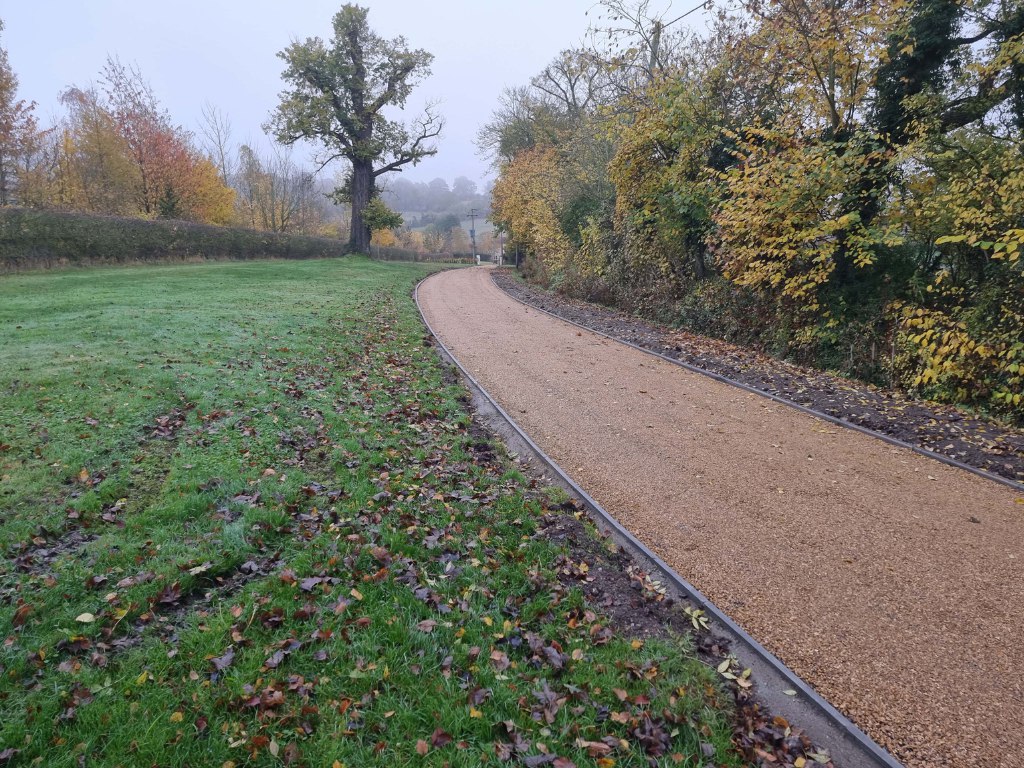Planning and Budgeting for a New Tarmac Driveway
Introduction: Investing in a new driveway is a significant decision that requires careful planning and budgeting to achieve functionality and aesthetic appeal. Tarmac, also known as asphalt, is popular due to its durability, versatility, and cost-effectiveness. Here’s a guide to help you plan and budget for your new tarmac driveway.
1. Assess Your Requirements
Before diving into the details, start by assessing your requirements. Consider the size of your driveway, the number of vehicles it needs to accommodate, and any specific design preferences you have. This initial assessment will provide a clear foundation for planning the project.
2. Choose the Right Contractor
Selecting a reputable contractor is crucial for the success of your project. Look for contractors with experience installing tarmac driveways and a solid track record of delivering quality workmanship. Obtain multiple quotes and check references to ensure you choose a contractor who meets your requirements and budget.
3. Consider Drainage and Foundations
Proper drainage is essential to prevent water pooling and potential damage to your driveway over time. Discuss drainage solutions with your contractor, such as installing drainage channels or permeable tarmac options. Additionally, ensure the foundations are properly prepared to support the weight of vehicles and withstand environmental conditions.
4. Understand Cost Factors
The cost of a tarmac driveway can vary based on several factors, including the size of the area, site preparation requirements, access to the site, and any additional features like edging or decorative elements. Your contractor should provide a detailed breakdown of costs, including materials, labour, and any potential extras, to help you create a realistic budget.
5. Long-Term Maintenance Considerations
Tarmac driveways are known for their low maintenance requirements compared to other surfaces. However, regular maintenance such as cleaning, sealing, and occasional repairs will help prolong their lifespan and keep them looking their best. When planning your budget, factor in these maintenance tasks to ensure your driveway remains in top condition for years.
6. Planning Permissions and Regulations
In most cases, installing a tarmac driveway does not require planning permission if it meets certain criteria, such as not covering more than 5 square metres of land at the front of your property and using porous materials for surface water drainage. However, it’s always advisable to check with your local authority or planning department to ensure compliance with regulations.
7. Environmental Considerations
Tarmac is a sustainable driveway choice due to its recyclable properties and energy-efficient production methods. By opting for tarmac, you contribute to environmental sustainability while enjoying its practical benefits.
Conclusion: Planning and budgeting for a new tarmac driveway involves careful consideration of your requirements, choosing the right contractor, understanding cost factors, and ensuring compliance with regulations. By following these steps and working closely with a reputable contractor, you can create a durable and aesthetically pleasing driveway that enhances your property’s curb appeal and functionality.
Call us on: 01474 551 689
Click here to find out more about Gravesend Driveways
Click here to complete our contact form and see how we can help you with your driveway needs.

